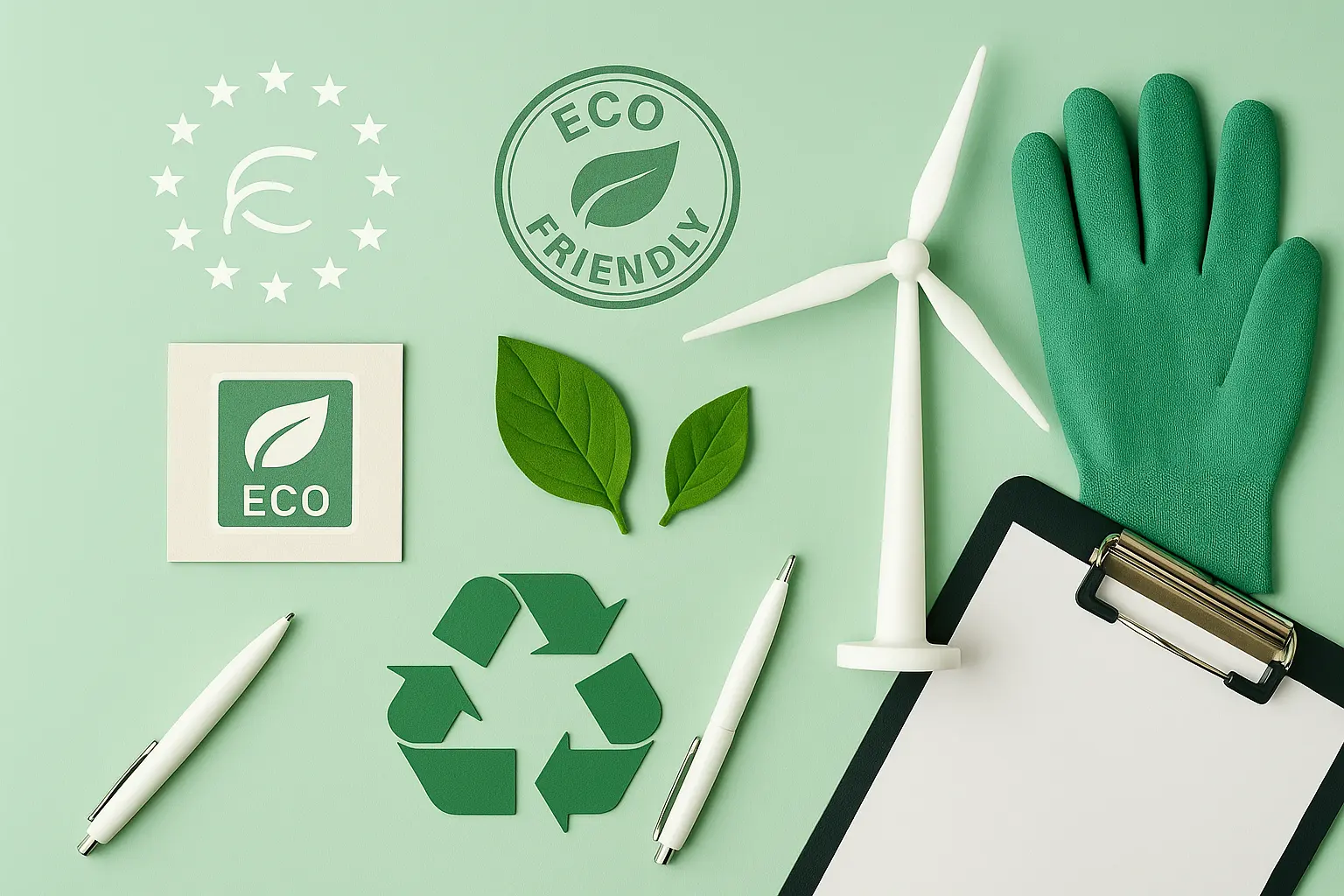Environmental Product Declaration Certification
The Environmental Product Declaration (EPD) certification is a standardized tool that provides transparent and third-party verified information about the environmental impact of a product throughout its life cycle. This certification plays a crucial role in sustainability initiatives by offering stakeholders clear, science-based data to make informed decisions.
EPDs are typically developed according to international standards such as ISO 14025, which outlines the principles and requirements for type III environmental labeling and declarations. The EPD process involves gathering comprehensive life cycle assessment (LCA) data, which includes raw material extraction, manufacturing, distribution, use phase, and end-of-life disposal or recycling.
For industries such as construction, chemical products, electronics, and textiles, an EPD can be a game-changer. It helps businesses comply with environmental regulations while demonstrating their commitment to sustainability. Procurement teams benefit from having clear data on the environmental impact of products they source, enabling them to make more sustainable choices.
The certification process involves several steps: data collection, verification by a third-party organization, and public disclosure. The EPD is then accessible online through platforms like EMAS (Environmental Management and Audit Scheme) or ecolabels.org, making it easily accessible to all stakeholders involved in the product's lifecycle.
Environmental Product Declarations are recognized globally due to their standardized format and transparent nature. They enable companies to compare products based on environmental criteria and make informed decisions about which options best align with sustainability goals. In summary, EPD certification is a powerful tool for promoting sustainable practices across various industries.
Why It Matters
EPDs are essential in today's world due to increasing pressure on businesses to reduce their environmental footprint. By providing clear and transparent data about the environmental impact of products, EPDs empower stakeholders to make informed decisions that contribute positively to sustainability efforts.
- Regulatory Compliance: Many regions have regulations mandating the disclosure of product impacts. EPDs help companies meet these requirements while demonstrating their commitment to compliance.
- Sustainability Goals: For businesses setting internal sustainability targets, EPDs provide a clear roadmap and benchmark for improvement.
- Purchase Decisions: Environmental Product Declarations assist procurement teams in selecting products that align with corporate values and contribute to overall sustainability goals.
- Customer Trust: Consumers are increasingly concerned about the environmental impact of the products they buy. EPDs can enhance a company's reputation by showing its commitment to sustainability.
In summary, EPD certification is not only crucial for regulatory compliance but also plays a vital role in driving sustainable practices and building trust with customers and stakeholders.
International Acceptance and Recognition
Environmental Product Declarations are widely accepted across many countries and international standards. Here are some key organizations that recognize EPDs:
- EMAS (European Eco-Management and Audit Scheme): EMAS is a framework for environmental management developed by the European Commission. It allows companies to publicly demonstrate their commitment to continuous improvement of environmental performance.
- Ecolabels.org: This platform hosts EPDs from various sectors, making them accessible to all stakeholders involved in product lifecycle assessment.
- ISO 14025: As mentioned earlier, ISO 14025 outlines the principles and requirements for type III environmental labeling and declarations. It ensures that EPDs are developed according to a standardized process.
The acceptance of EPDs varies by country but is generally high due to their standardized format and transparent nature. Many countries have adopted these standards as part of broader sustainability initiatives, recognizing the value of having clear data on product impacts.
Use Cases and Application Examples
| Industry Sector | Product Type | EPD Use Case |
|---|---|---|
| Construction | Bathroom Fixtures | EPDs help construction companies comply with LEED certification requirements by providing transparent data on the environmental impact of fixtures. |
| Textiles | Sustainable Clothing | EPDs assist in demonstrating compliance with Oeko-Tex standards, ensuring that clothing products are free from harmful substances and have a reduced environmental footprint. |
| Chemicals | Pesticides | EPDs enable companies to demonstrate compliance with REACH regulations, ensuring pesticides meet stringent environmental criteria. |
| Electronics | Gadgets | EPDs help electronics manufacturers comply with EPEAT standards, promoting the use of environmentally preferable products in IT and business equipment. |
These examples illustrate how EPDs are used across various sectors to promote sustainability. By providing clear, transparent data, EPDs enable companies to meet regulatory requirements while demonstrating their commitment to environmental stewardship.





